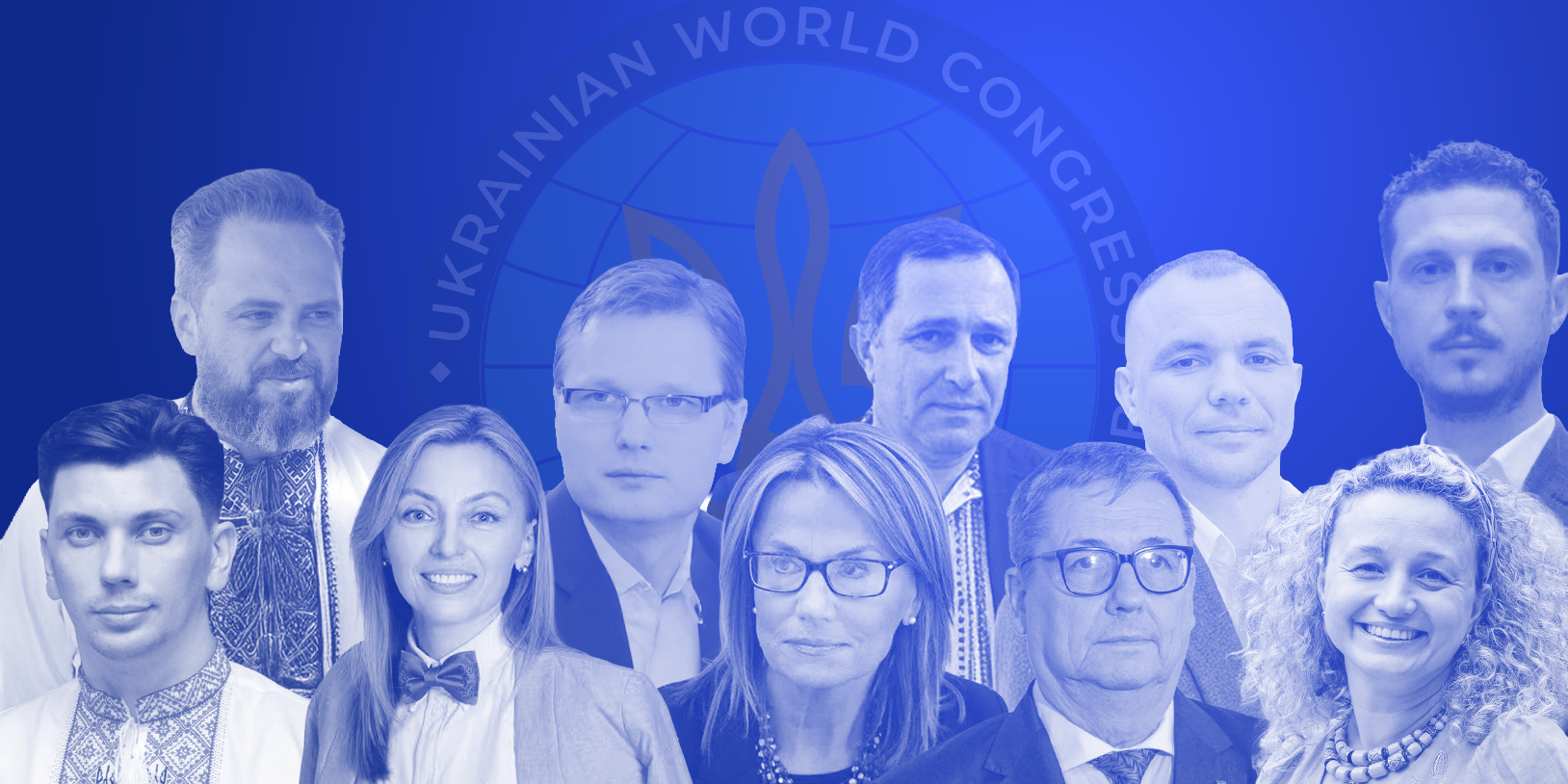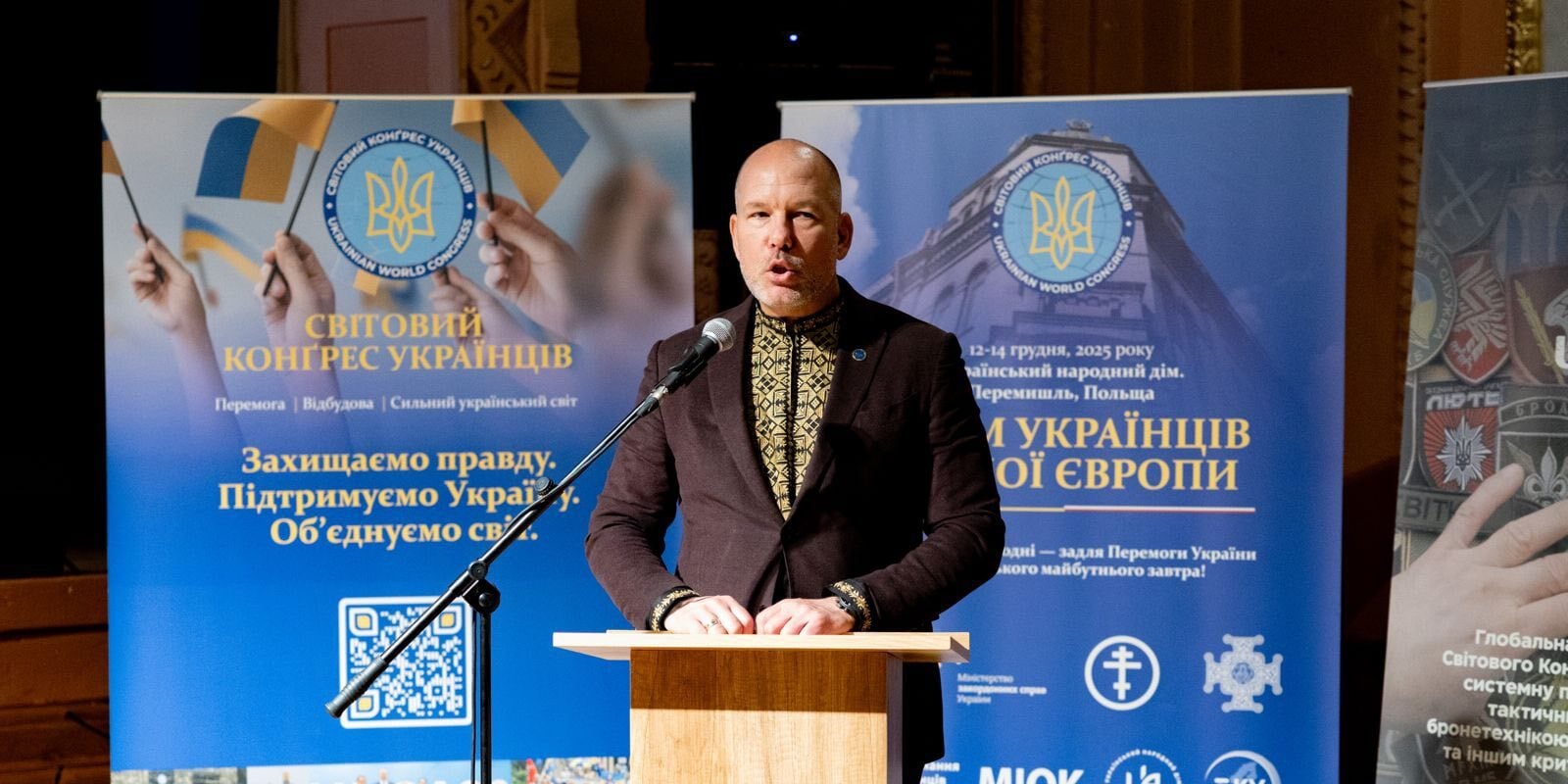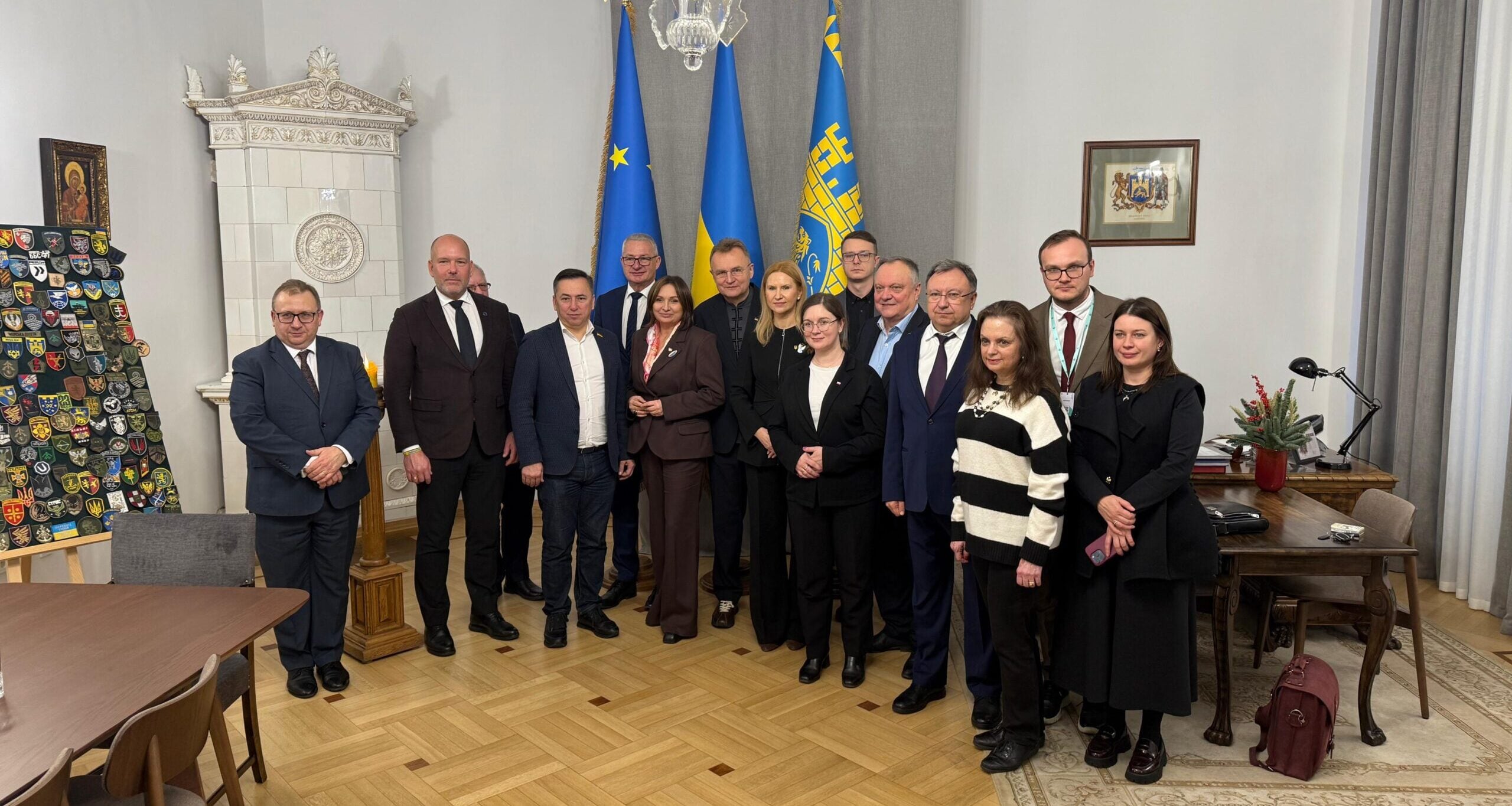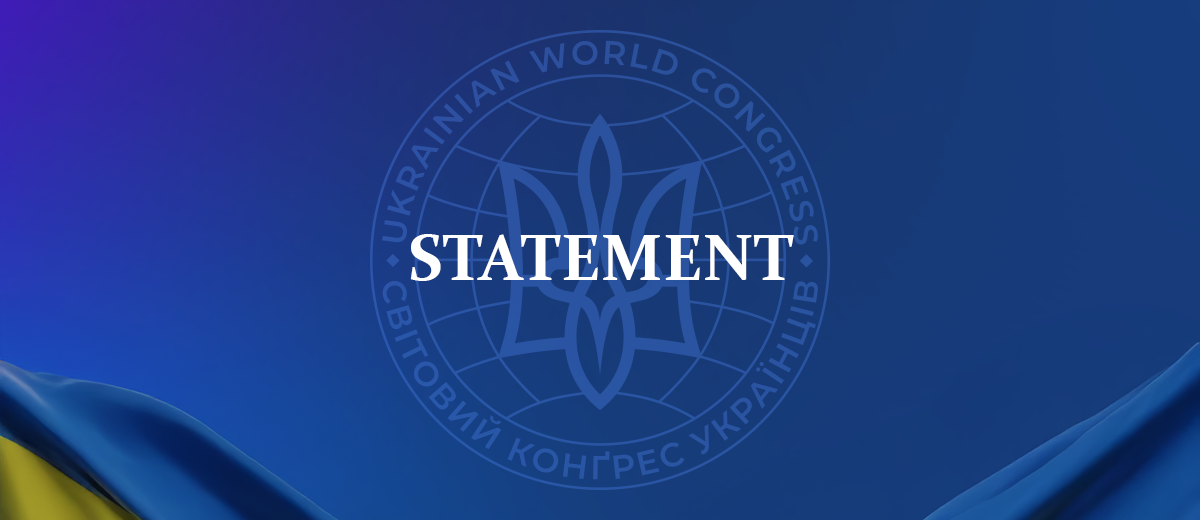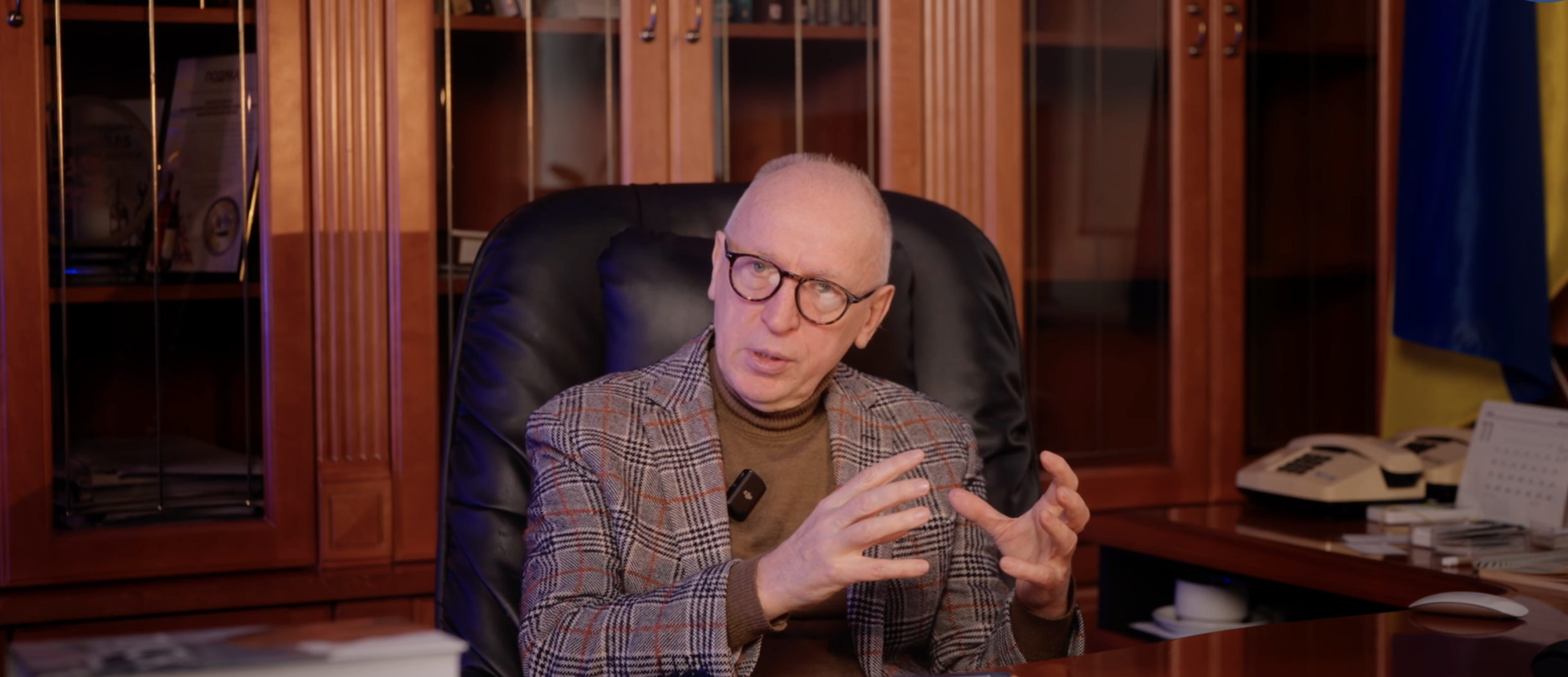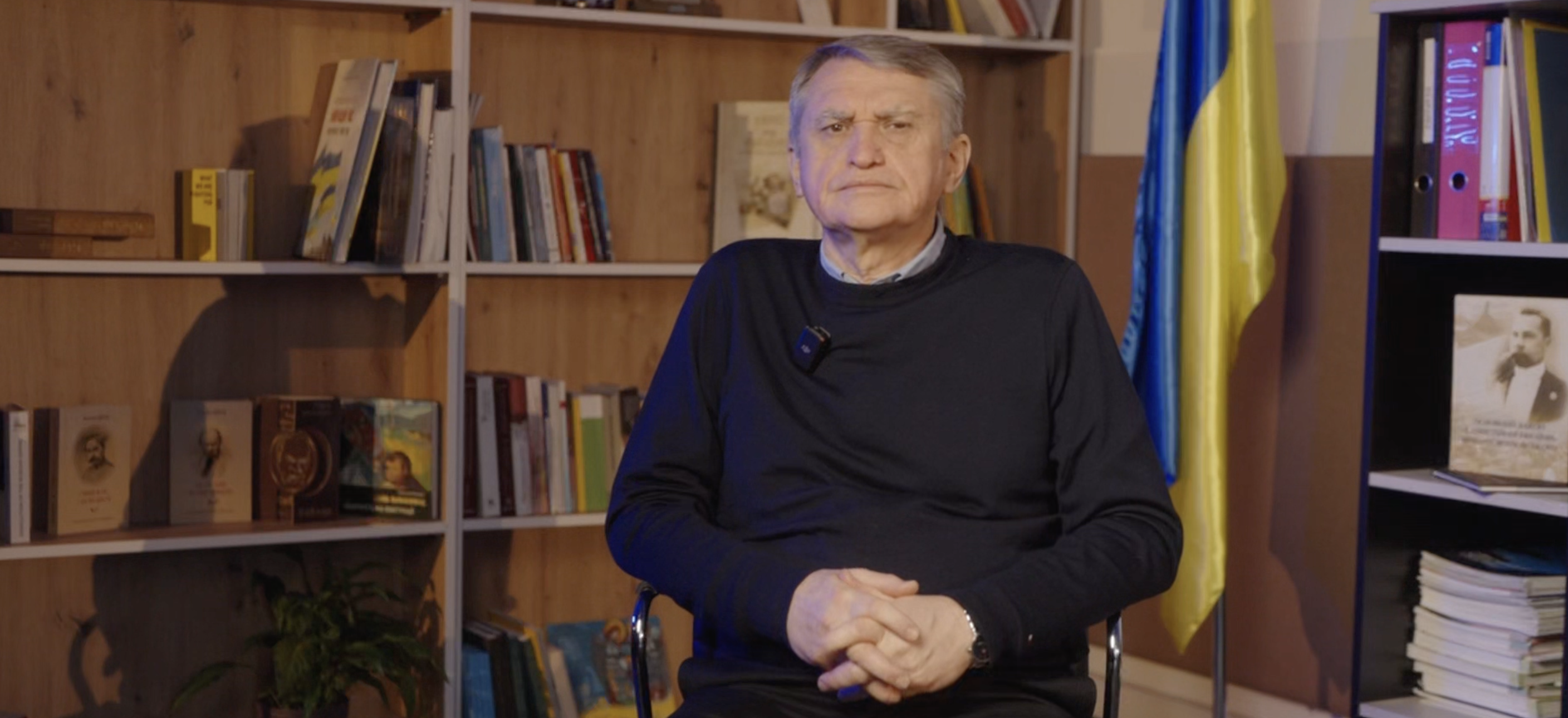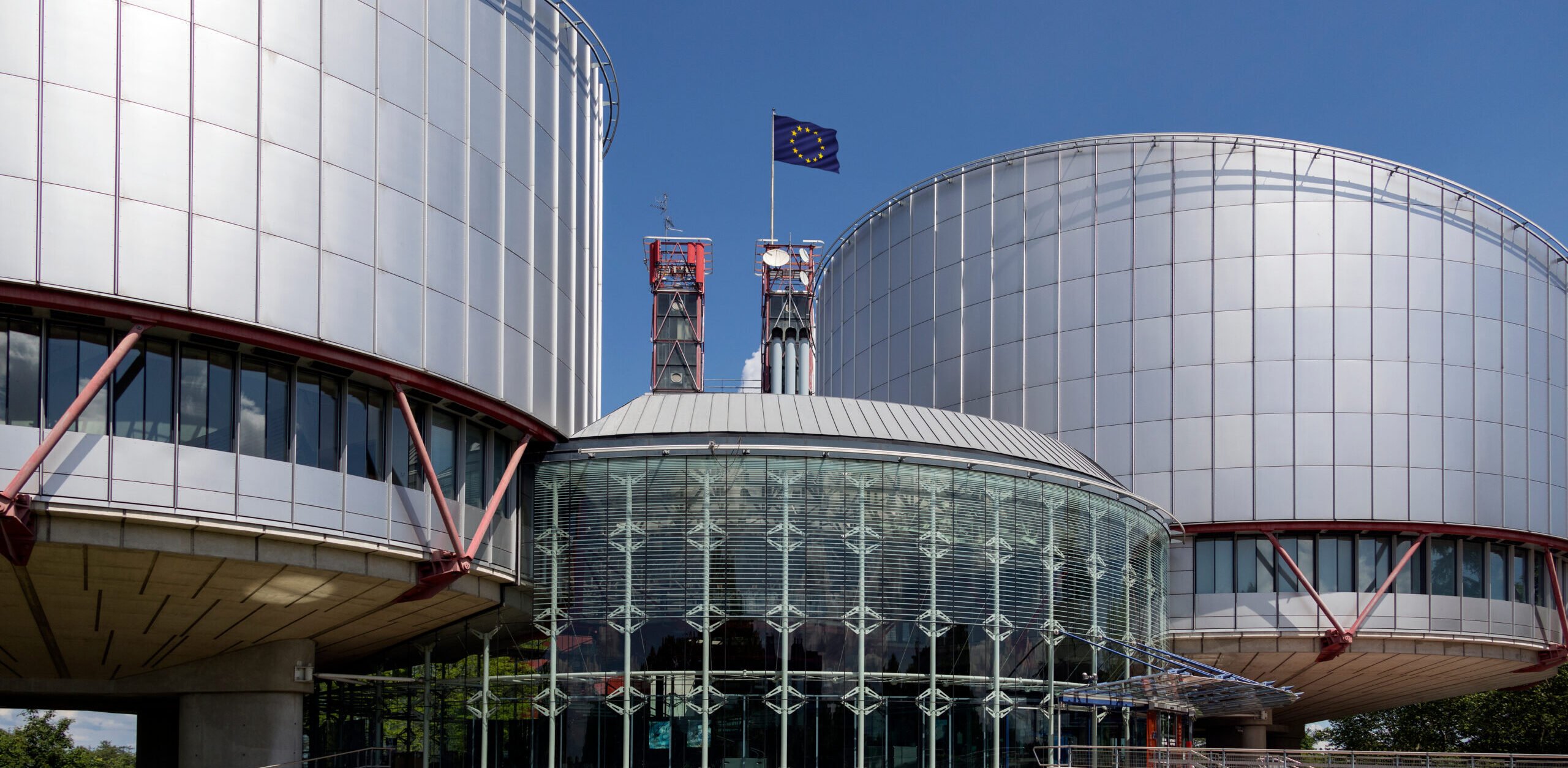
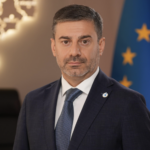
by Dmytro Lubinets, the Ukrainian Parliament’s Commissioner for Human Rights
Source: Lubinets’s column for LB.ua
The Grand Chamber of the European Court of Human Rights (ECHR) on July 9 issued its ruling in the case Ukraine and the Netherlands versus Russia. This is the largest interstate case in the history of the ECHR, covering the period from the start of hostilities in the Donbas in 2014 through September 2022, when Russia ceased to be a party to the European Convention on Human Rights.
Effectively, the ECHR put an end to all attempts by Russia to portray its aggression as an “internal conflict” or as “protection of the population.” The Court found that the war was a carefully planned operation that sought to establish control over Ukrainian territory and remove a legitimate government. Crucially, it concluded that Russia waged war not against the army, but against the civilian population.
Systematic aggression and examples of crimes
The ECHR confirmed that, since Feb. 24, 2022, Russia has carried out a deliberate, intensive and large-scale campaign of attacks, resulting in thousands of civilian deaths. Residential buildings, hospitals, schools, commercial properties, and critical infrastructure were all deliberately targeted — acts the Court recognized as intentional, not accidental.
A particularly striking example cited in the ECHR ruling was the airstrike on a residential building in Izium (Kharkiv region) on March 9, 2022. The explosion destroyed an apartment building on Pershotravneva Street, killing 54 residents, including families with children who had sought shelter in the basement. Most of the victims’ bodies were later found in a mass grave among over 400 burials marked only with unnamed wooden crosses. As Ukraine’s Ombudsman, I described this crime as part of the “genocide of the Ukrainian nation,” a characterization that the ECHR explicitly confirmed in its ruling.
Izium is only one of many tragedies perpetrated by the aggressor. Similar crimes have been carried out — and continue to be committed daily — in Mariupol, Bucha, Kharkiv, Kramatorsk, and dozens of other towns and villages across Ukraine. Mass shelling of civilians, torture, and abductions have become systematic practices of the aggressor.
Crimes against Ukrainian children — crimes against the future
A significant section of the ECHR ruling addresses the issue of the abduction of Ukrainian children. The Court took into account my 2023 Special Report, “UNBLOSSOMED: Violations of the Rights of Ukrainian Children in Temporarily Occupied Territories of Ukraine and in Russia — Deportation, Militarization, Indoctrination.”
Based on this report, the ECHR documented the mass illegal relocation of Ukrainian children to various regions of Russia. These deportations involved 57 Russian federal regions , some located up to 8,000 kilometers (4,970 miles) from the children’s homes. The regions differ markedly from their familiar environment in cultural and religious terms, including the Republic of Dagestan, the Republic of Tatarstan, and the Chechen Republic. The objective was clear: to assimilate the children into Russian culture and sever their connection to Ukrainian identity.
Moreover, the Russian Federation provided no mechanisms for the return of orphans and children deprived of parental care. On the contrary, these children were the most vulnerable to being placed in Russian families, where adoption almost always automatically conferred Russian citizenship.
It is important to note that Russia disguises these deportations as “rehabilitation” or “health improvement” programs. In October 2022, the occupation authorities in Kherson announced plans to send 5,000 children to the occupied Crimean Peninsula, where 1,500 children from the region were already located. In May 2023, the occupiers transported another 796 children from Zaporizhzhia to so-called “safer settlements.” In many cases, these children were never reunited with their families.
Cover: Shutterstock

